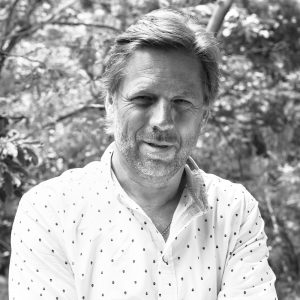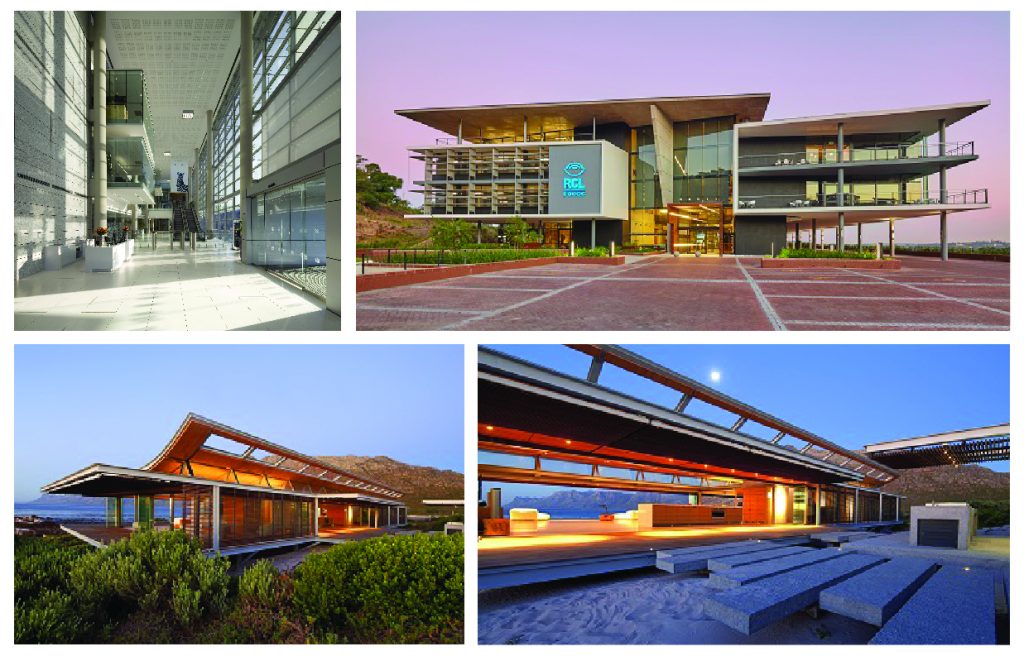Interview with Architect George Elphick of Elphick Proome Architects by Janine Course, Pelican Systems
What do you enjoy doing outside of Work?
Listening and playing music, travelling, playing squash, snow skiing when I can, hiking in the mountains, and the bush.
What motivates you to get up in the morning?
The noise of my cell phone that screams get up! Not really, I am a very motivated person so I loving coming to work. Whether I’m doing something in the garden, taking my car for a service, going to an enjoyable place for breakfast or coming to work, it’s all the same for me.
What do you consider the perfect holiday?
Somewhere I am able to enjoy the city experience of architecture and culture, and also the beauty of the outdoor environment. I love landscape and don’t mind hot or cold climates. A good example would be a cruise along the Mediterranean Coast, which allows visiting interesting historical buildings and engaging in the environment by sailing or hiking. A trip to the Himalayas also offers this because one experiences magnificent landscapes and a unique culture whilst observing the way other people create environments.
Were you born into Architecture, what is your Fathers & Mother occupation?
No, my Dad was an Engineer and my Mother was a pianist.
What inspired you to become an Architect?
As a young child I used to make models in the sand but I didn’t live on the beach. I have always been interested in human habitation and built environments. I think ultimately though it was the love of the invention.
Which Architect’s has most influenced your work or your work habits?
It is hard to identify a single architect. I would say that whilst I was at University my most influential lecturer was Danie Theron. International Architects whom I have great respect for, and have met, are Richard Rogers and Glenn Murcutt, both have been very influential in my work. I am also very interested in how architects respond to climate so architects such as Marcio Kogan, Pete Stutchbury and Kerry Hill are paragons in this.
What advice would you give aspiring Architects that you wish you had been told earlier?
I would say, do not expect to spend most of your time designing buildings because being in practice involves many non-creative activities which are more time consuming than one would like. As a practicing architect, if you’re lucky, design time might constitute 25% of your day!
What has been your biggest challenge in Architecture or business and how have you overcome it?
The biggest challenge that most architects face is being paid fairly for the creative value added to a project. Unfortunately our profession has degraded to a point where we give away what we do best – good design! We need to overcome this by applying appropriate remuneration upfront.
What project up to date has been your favourite project to design and why?
I have a number of favourites such as the house we did ‘Rooiels’ in Cape Town which is pretty famous and very rewarding from an architectural point of view. The RCL Food building is also a favourite, purely from the client/user perspective and that engagement in the design and realisation was a particularly successful collaboration. The Investec Building is a particularly rewarding outcome because it is still a pristine piece of work that has been thoroughly respected by its owner and users.
Trends in Architecture you have noticed or that have changed architecture for you?
Something that has changed architecture globally is the ‘wobbly building syndrome’. The ‘image’ form of the building has become a universal driving force and this approach has permeated many competition bids which often display a serious lack of consideration of functional and urban aspects. Today global clients are very visually aware due to the plethora of imagery in media. This results in an expectation of form where buildings end up trying to outdo one another like a fancy dress party. This is not really what architecture is about. Architecture happens on many levels, so unfortunately, that’s where I think the trend is.
Design challenges that come up often?
I think the most complex challenge is making an architectural contribution with limited funds in very difficult contexts.
How are you incorporating sustainability into your architectural designs or Top 3 Green or Sustainability strategies for design?
One can measure sustainability in many ways. The fundamental in any event, ought to be to make buildings which are environmentally and climatically sensible and respectful. The strategy to reduce consumption, conserve and generate passively, ought to be embodied in all buildings. For me, the passive aspects of making buildings has been a part of modern design for more than a century and these are very simple. In a cold climate you make a building for a cold climate, if you are in a hot climate you make one for a hot climate, instead of relying on very expensive equipment, installations and energy to compensate for ill-considered and inappropriate decisions.
Tips for clients/important considerations at the start of a design project
Value your Architect – that is key.
What makes you different to all the other Architects out there?
Everyone would like to think that they are different. My partner Nick Proome and I, recognise that not every project we are invited to participate in is going to eventuate an award-winning piece of architecture. Sometimes it’s about the relationship rather than what you are going to end up building. This is quite an important differentiation and everyone needs to understand that we have a massive responsibility to the environment. Often that responsibility only comes to bear when you are older. Maturity tends to heighten the realisation that architecture has a significant impact on other people. Perhaps one of our differentiating factors is not being an alarmist, life is not perfect, and so when something goes wrong you have to deal with it calmly. One last aspect I like to think of as a differentiator is the ability to turn a problem that you encounter in a project into an advantage.
Elphick Proome Architects









